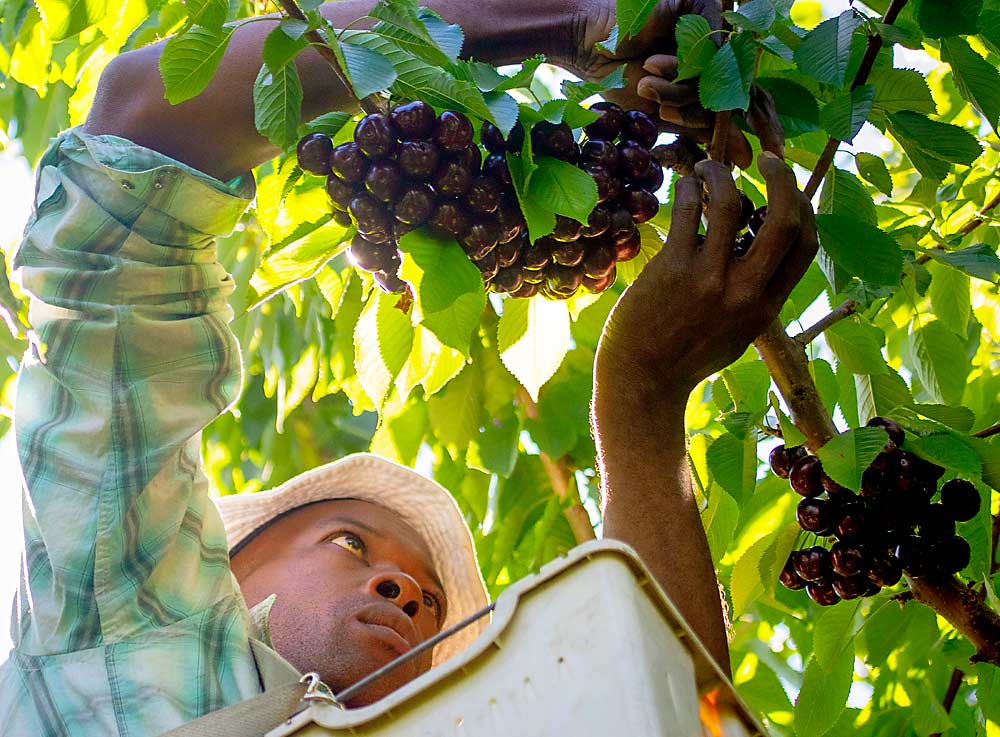
Recent years have seen a noteworthy trend in British Columbia orchards: Apple acres are rapidly shrinking, with sweet cherry plantings swiftly filling the gap.
When you look at the return on an acre of apples versus the return on an acre of cherries in the Canadian province, the reason for the switch becomes self-evident. These days, Gala might net a grower $8,000 to $9,000 an acre (a number that continues to trend downward). Sweet cherries, on the other hand, can net $30,000 to $40,000 an acre, said Hank Markgraf, a British Columbia grower and industry consultant.
A late harvest window is driving much of the rise in value. New varieties from the Summerland Research and Development Centre, a Canadian ministry of agriculture research center based in British Columbia, have pushed harvest into early September. Some growers are literally picking cherries in the morning and Galas in the afternoon, Markgraf said.
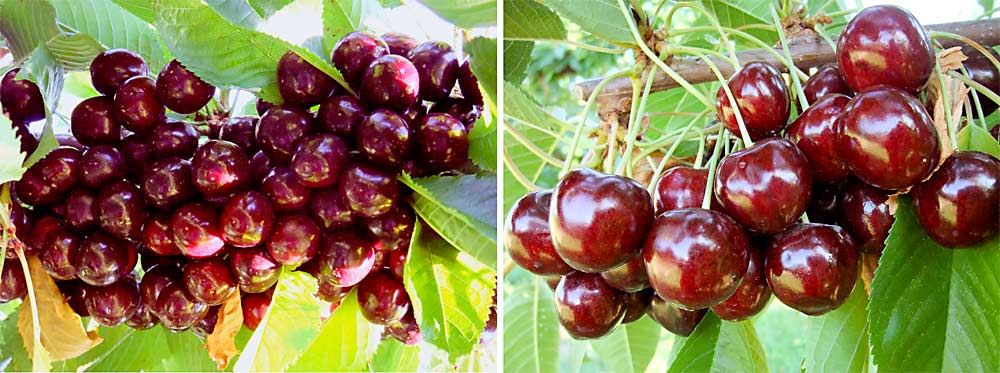
“Our growers are trying to be the last supplier of high-quality cherries in North America,” he said. “If you’re the last guy with cherries, that’s a big, lucrative market.”
There are about 5,000 acres of sweet cherries in British Columbia today. Most of them are grown near Okanagan Lake, a long, skinny body of water within the Okanagan Valley, a region known for its dry, sunny climate. Okanagan Lake moderates surrounding temperatures, allowing cherries to be grown so far north. Spring frosts are still a concern, but growers are spending more resources — weather monitoring, wind machines and even helicopters — to manage the problem, he said.
“Those things never happened 10 years ago,” Markgraf said.
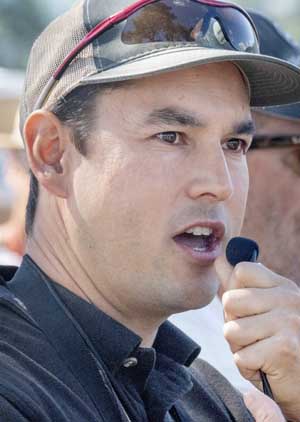
The province’s cherries are sold to the rest of Canada and the United States, and many are shipped across the Pacific Ocean. Eighty percent of its cherry exports go to China.
Picking 5,000 acres of cherries within a few months requires a lot of short-term labor. Canada has a foreign worker program, and transient labor from the eastern provinces helps, but labor shortages are becoming a serious problem, Markgraf said.
Other challenges for British Columbia cherries include downy mildew, spotted wing drosophila and high land prices. A more recent concern is little cherry disease, which is affecting growers in neighboring Washington state and could one day cross the border, Markgraf said.
More than 95 percent of British Columbia cherry plantings have their origin in the Summerland breeding program. In fact, a large proportion of cherries released worldwide have Summerland heritage, and the biggest reason for this is self-fertility. The program released the first self-fertile cultivar, Stella, in 1969, said Nick Ibuki, business development manager at Summerland Varieties Corp., which tests and commercializes apples and cherries on behalf of the Summerland Research and Development Centre.
Ibuki said the breeding program will roll out some “phenomenal” genetics in the next few years.
Markgraf said Summerland is even breeding to improve stem quality, which was not a concern 20 years ago.
When it comes to cherry characteristics, British Columbia growers want what every grower wants: bigger, firmer, tastier, more transportable cherries that are less susceptible to disease. They also want varieties for every harvest timing — from very early to very late. Cherry harvest starts in the southern Okanagan Valley in early June and ends with Sentennial in the northern end of the valley in early September, Ibuki said.
The largest cherry grower in British Columbia, Jealous Fruits, is expanding its sweet cherry plantings on higher elevations in the northern end of the valley. Jealous Fruits will have 1,100 acres of sweet cherries after plantings are finished this year, said Gayle Krahn, director of horticulture.
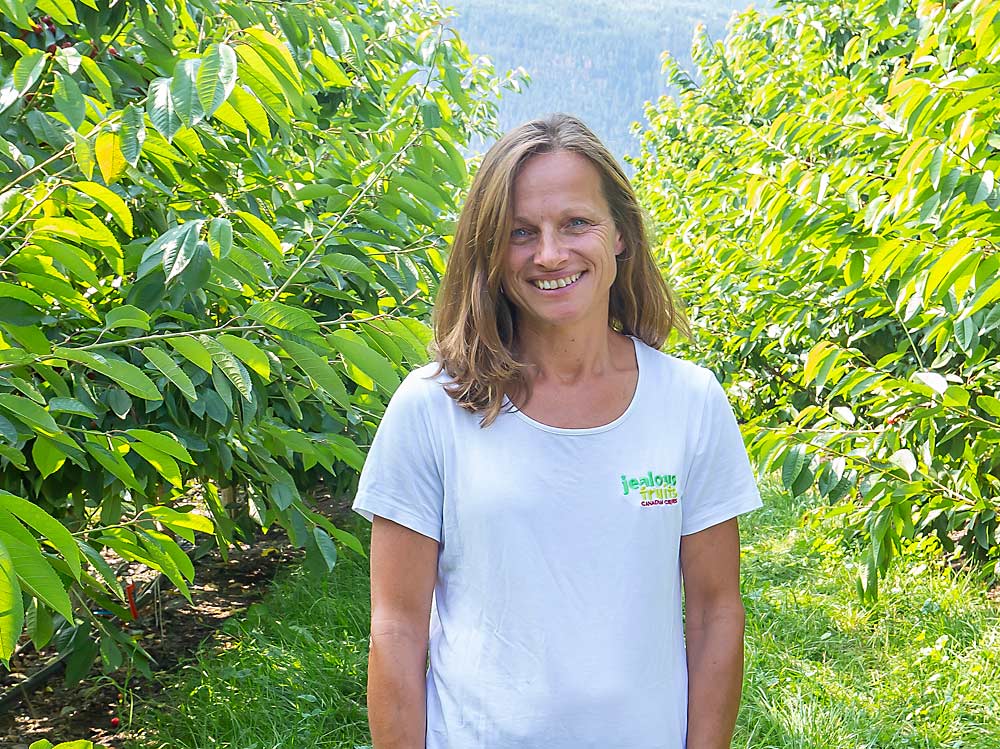
When owner David Geen inherited the family farm in the 1980s, there was a fruit stand, Red Delicious and McIntosh trees, and a small planting of cherries. Geen saw the value of cherries when he started selling them in the greater Vancouver area, and he expanded his plantings from there, Krahn said.
The orchard’s apple plantings were limited to 10 acres of Gala and Salish until last year, when they decided to plant 24 acres of Ambrosia and Honeycrisp on land better suited for apples than cherries. If you’re going to plant new apples in British Columbia, they have to be high-value varieties, Krahn said.
Jealous Fruits grows mostly Summerland cherries. Staccato and Regina are popular, as well as Sentennial, Sovereign, Skeena, Suite Note and Lapins. Most of its cherry trees are grown with a central leader on Mazzard rootstocks. They grow Reginas, however, on V-trellis on Gisela rootstocks, she said.
Many British Columbia cherry growers use Mazzard rootstocks and grow the trees as central leaders. An increasing number also use Gisela 6, said Michigan State University professor Greg Lang.
Lang has organized NC-140 rootstock and training system research at the Summerland center since 2010 — work that mirrors trials in Michigan and other locations. He thinks British Columbia cherry growers, like cherry growers everywhere, will eventually grow smaller, narrower trees with more precisely structured canopies in order to maximize labor efficiency, sunlight penetration and optimal yields. •
—by Matt Milkovich

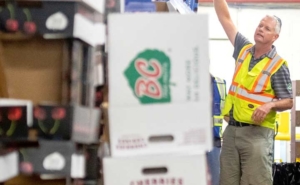
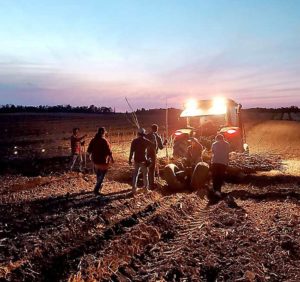





SO COOL